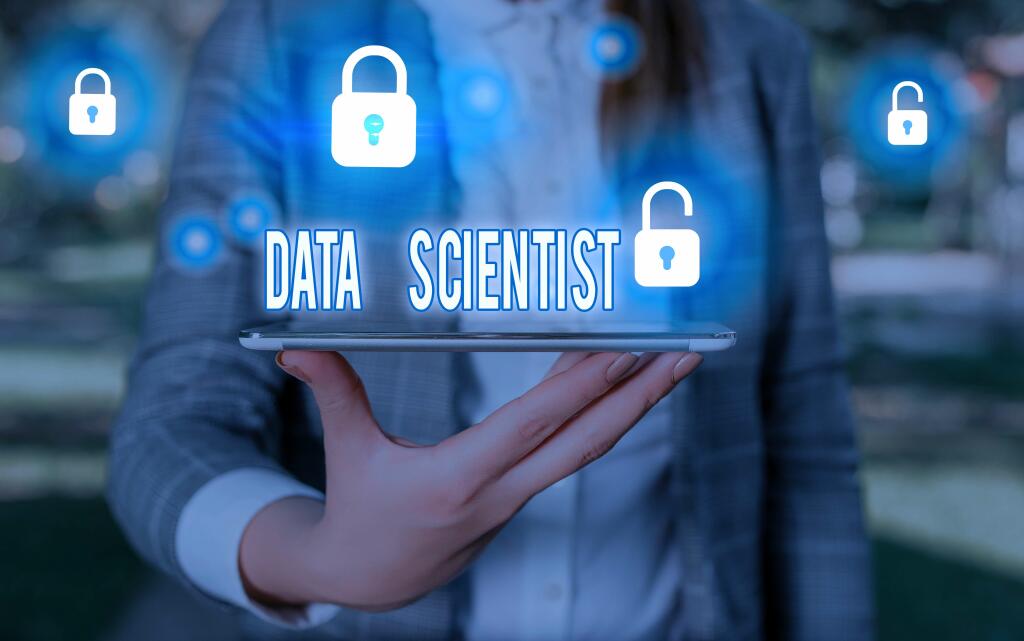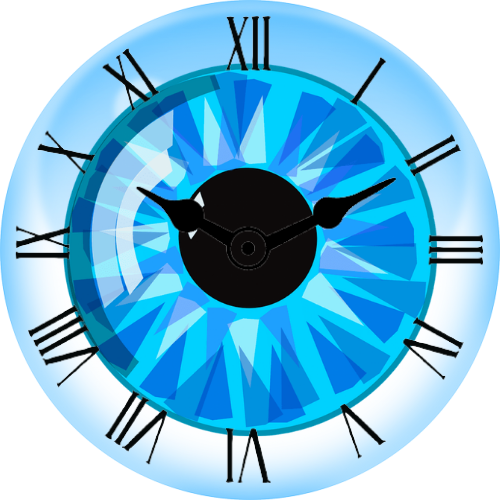Every phase in this model has a corresponding testing activity or validation including acceptance testing, system testing, integration testing, and unit testing. The next phase cannot be executed till the previous one is completed. Today, the software development life cycle includes several developmental tools and hardware advances as a whole process. The entire cycle is the result of logical thinking and keeping in mind the business objectives for which the software is getting built. The software development lifecycle is a framework that development teams use to produce high-quality software in a systematic and cost-effective way.

Adhering to the SDLC methodology helps to optimize the final outcome. Systems analysis and design can be considered a meta-development activity, which serves to set the stage and bound the problem. SAD interacts with distributed enterprise architecture, enterprise I.T.
Systems development life cycle
They also use programming tools such as compilers, interpreters, and debuggers to develop and implement the code. While all software development lifecycles share many similarities, there are slight variations between them. After detailed testing, the conclusive product is released in phases as per the organization’s strategy. If it performs well, the organization sends out the product as a whole. After retrieving beneficial feedback, the company releases it as it is or with auxiliary improvements to make it further helpful for the customers.
- This includes compiling requirements, studying user personas, and agreeing on the product’s purpose.
- SDLC and SAD are cornerstones of full life cycle product and system planning.
- The waterfall SDLC method is a systematic technique for designing applications, such that it can be very linear much of the time.
- This may involve training users, deploying hardware, and loading information from the prior system.
- By ensuring an excellent modularization program design mechanism, AOSD drastically reduces the design, maintenance, and development cost of the software.
- The team will build functionality for the product or service, which includes creating a user interface and building the database so users can store information in your system.
Although with the Scrum approach you also divide big tasks into smaller ones, it is drastically different from Kanban. Scrum relies on prescribed roles and sprints — work time frames of 2–4 weeks. The primary focus of Agile is a quick response to change and continuous development, so it will boost your product during the whole SDLC process. Acceptance testing improves the load and performance of the software and uncovers its compatibility with other systems. Our in-depth understanding in technology and innovation can turn your aspiration into a business reality.
It is process-heavy and does not allow much flexibility.
A lifecycle model is a visual representation of all the processes involved in making a piece of software. This is a sort of document that specifies all those things that need to be defined and created during the entire project cycle. This offers a context for a selection of typical activities in a production environment.
The agile practice is known for its simplicity, whereas waterfall is known for its systematic strategies for designing applications. Agile embraces a systematic business strategy whilst a sequential design procedure is the waterfall mechanism. The iterative SDLC approach, in tiny steps, takes the waterfall paradigm and loops around it many times instead of extending an entire project. If your software https://www.globalcloudteam.com/ project meets the above criteria, you can apply waterfall model to the development process. Here is the list of important aspects you can take into consideration when choosing waterfall model. Once the user accepts the product, it is ready for the commercial release and if certain bugs, a defect, or errors are found, it is necessary to fix them to ensure that the program runs smoothly.
What is the SDLC? The definition
After successfully building the software, the team coordinates with the product manager to deploy the software to production. The engineers receive the requirements and the design from the other team members and the actual implementation work starts. Following the best practices and/or software life cycle model stages of SDLC ensures the process works in a smooth, efficient, and productive way. If you haven’t yet started your journey as a software developer, you might ask yourself, “Is software development for me? ” Here are some signs that this career path might be one that you will enjoy.
Early detection of errors in code, specifications, and architecture can be fixed which ensures that the software remains stable. The model is highly effective when the project requirements are well documented, the team understands the technology, and the duration of the project is short. V model is a highly disciplined model that is uncomplicated to understand and manage. However, there are several drawbacks of this model including high uncertainty, ineffectiveness for long projects, and software becoming functional late in the development. The software development life cycle has been in practice because it systematizes the software building process in a standard way.
FAQ About Software Development Life Cycle
ProsConsIt is a highly structured process of software development so that it can be executed stages one by one at a time. Coding Phase – In this stage of V-model SDLC, depending on machine equipment and technical specifications the best fitting PHP programming language is to be determined and coding takes place. This is also known as the code implementation phase of the SDLC stages. In specific, testing may be repeated to check for strengths, defects, weaknesses, failure, deficiencies, and interoperability for programming languages and the system status. This test is performed by the software testing team until the end user sees fit.
During this stage, unit testing, integration testing, system testing, acceptance testing are done. After the code is generated, it is tested against the requirements to make sure that the products are solving the needs addressed and gathered during the requirements stage. Staff augmentation and consulting services are two popular outsourcing strategies. In this article, we will discuss both approaches, staff augmentation vs. consulting, in detail so you can better decide which method suits your business.
Stages and Best Practices
This model emphasizes goal definition and risk evaluation, which are vital to the implementation stage. It is also based on client assessment and includes a linear approach to customer interaction. However, the downside of this is that it may drastically raise the overall production expenses. Moreover, after the final prototype is pushed forward for development, it will not accept any further changes, making it less rigid in the final steps. After the code is generated, testing that the products solve the needs addressed and gathered during the requirements stage is important. This can be done through unit testing, integration testing, system testing, and acceptance testing.

A life cycle model provides a framework for the various activities that must be carried out during software product development. Different life cycle models may plan the necessary development activities in different ways, depending on the project’s specific needs. You can also use the SDLC in your career to implement an effective approach to software development.
Phases of SDLC (Software Development Life-Cycle)
It takes some requirements, tests them and evaluates whether more requirements are needed. Under Waterfall, one phase is completed and moves on to the next, with no possibility of going back. It isn’t collaborative, but rather each phase has its own plan to follow. During this phase, all the necessary requirements to reach the objective are defined.

